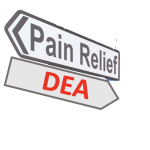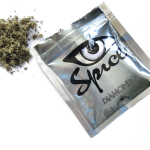In a recent New York Times essay, a professor of anesthesia and pain management recently protested the Drug Enforcement Administration's opioid manufacturing quotas and micromanagement of doctors treating their patients' pain. At a time when DEA S.W.A.T. teams frequently raid doctors' offices for "inappropriate" prescribing, the professor's essay demonstrated boldness. Unfortunately, the professor's reform proposals were much less bold.
drug prohibition
The DEA recently added six "new" synthetic cannabinoids to its Schedule I list of illegal drugs (aka Spice, K2, bath salts). Has doing this ever worked in the past? No. Will it work now? Of course not. There are plenty of reasons. Here are some of them. Plus, here's another Dreaded Chemistry Lesson from Hell for all you masochists.
“Policymakers embrace the neat, plausible, and wrong explanation for the overdose crisis because it is easier than accepting the inconvenient truth.”
The so-called War on Drugs, a spectacular failure by any measure, just got more complicated (and worse) because of vaping. New ACSH advisor Dr. Jeffrey Singer (pictured) argues that we are seeing a modern version of Prohibition decorated with vaping devices.
The "War on Drugs" has never been a carefully planned public health protection initiative. Government officials did not enact current drug prohibition laws and enforcement policies because of any dispassionate, comprehensive review of drug hazards. Rather, hysterical fear-mongering has always been the real basis for the "War on Drugs."



